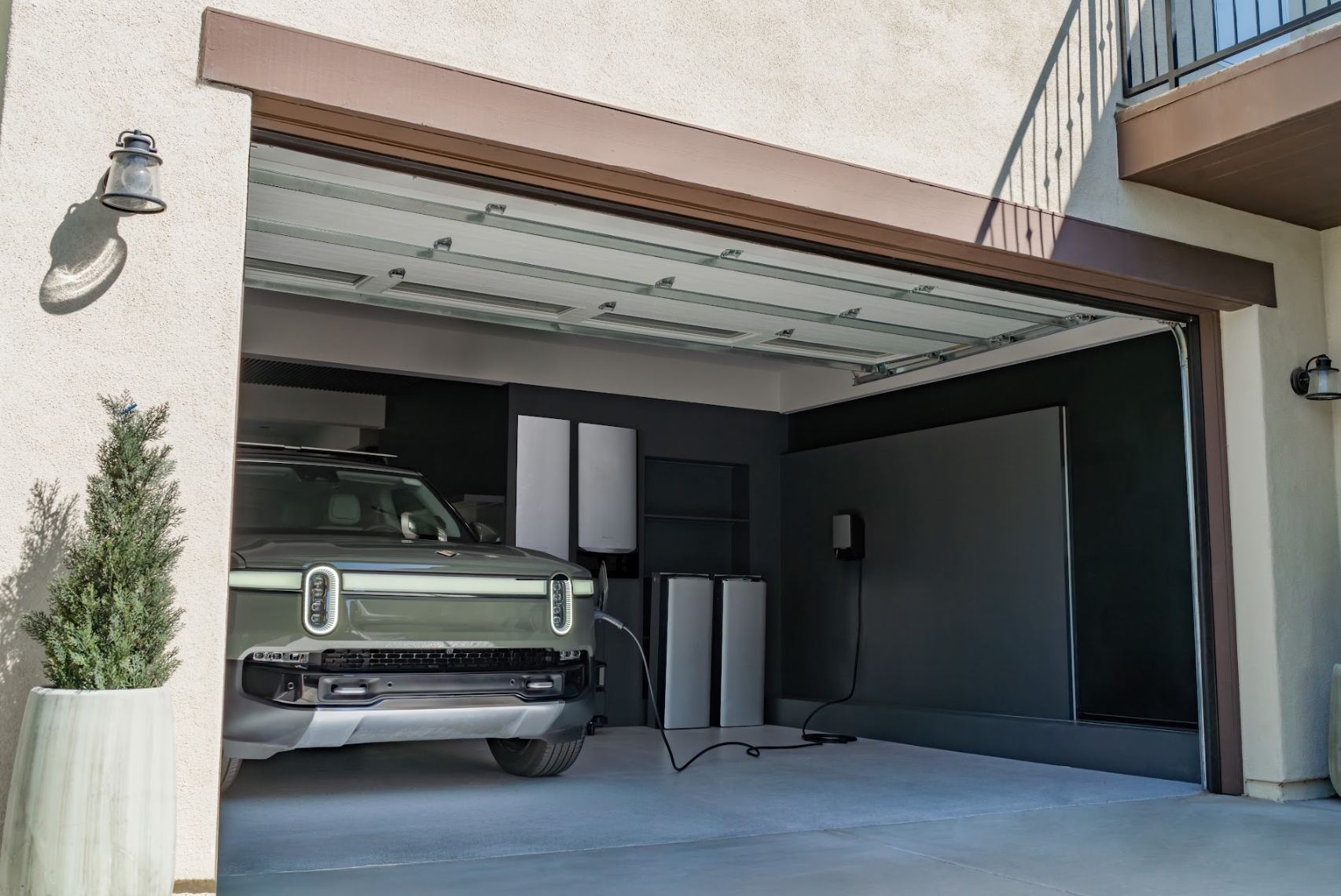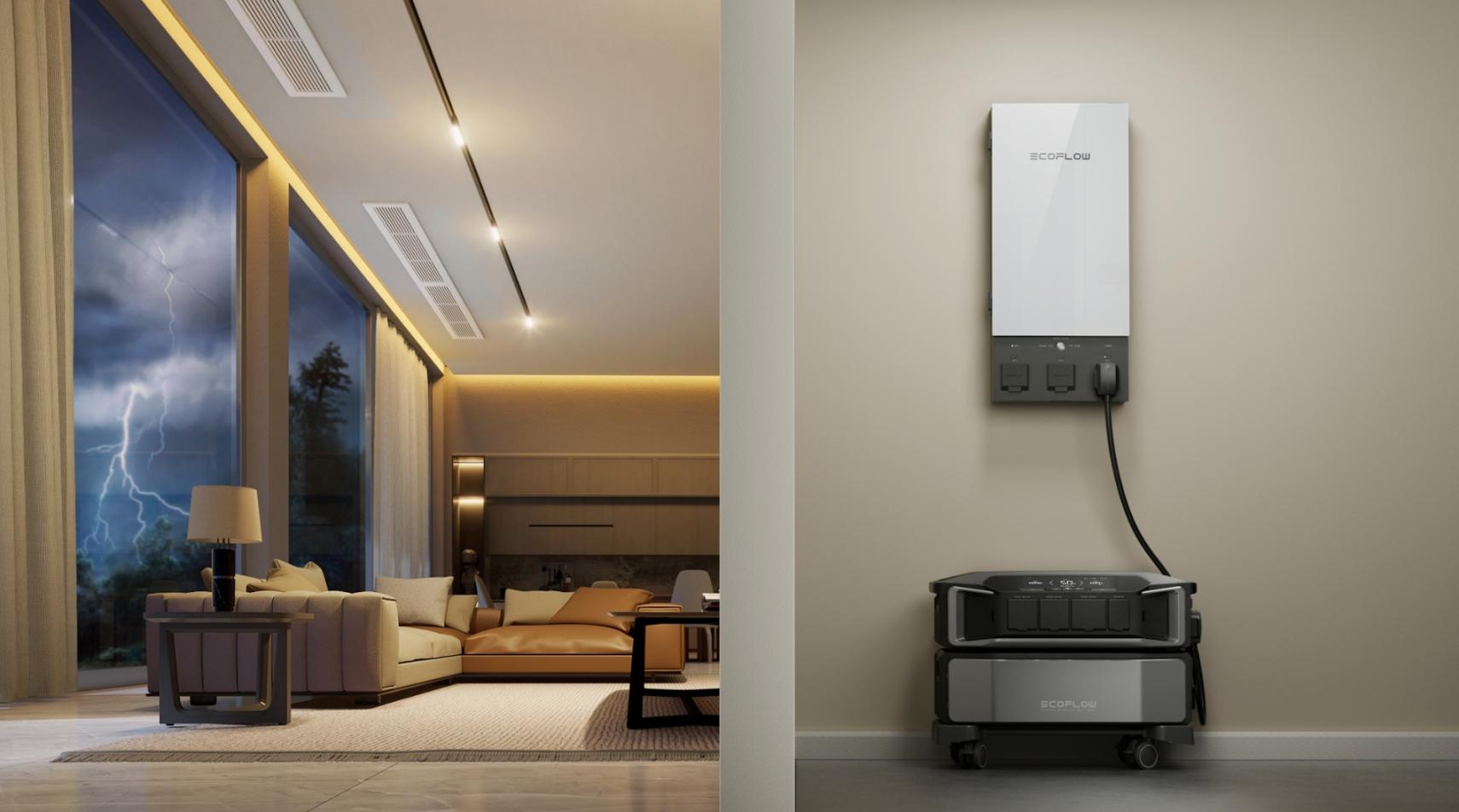How to Combine a Solar Carport and Battery for Year-Round EV Charging
Having an electric car (EV) is a great way to help make the future cleaner. How do you keep it running with clean energy when the sun goes down? An electric garage that gets power from the sun and a home battery that stores it are the answers. This method turns your driveway into a clean-fueling station that you can use at any time.
The Integrated System Explained
This complete energy solution is comprised of two core components—a power generator and an energy bank—that work together to create a self-sufficient ecosystem for your home and vehicle.
The Power Producer: The Solar Carport
A solar panel carport is a dual-purpose structure that serves as a robust shelter for your vehicles while its roof, made of high-efficiency solar panels, generates clean electricity. Many homeowners choose solar carports when their main roof is not ideal for a solar installation, perhaps due to shading, unfavorable orientation, or complex angles. A residential solar carport can be perfectly positioned in an open driveway to maximize sun exposure.
Beyond just a flat roof, these structures come in various designs, from T-frame (with two posts) to cantilever (with posts on one side for easier parking and door opening). They are typically built from durable, powder-coated steel or aluminum to withstand local wind and snow loads. The design phase is critical, as the carport's roof can be angled and oriented for perfect solar harvest, a luxury you don't always have with an existing home roof. With modern panels, a carport array can easily be designed to provide significant power, such as 10kW of PV input, turning otherwise unused space into a productive power plant.


The Energy Bank: The Home Battery
Solar panels alone have one obvious limitation: they only produce power when the sun is shining. This creates a fundamental conflict for most EV owners, who typically charge their vehicles overnight. This is where the home battery becomes essential. A home battery backup system is designed to store the excess solar energy your solar carport generates during the day.
Most modern home batteries use a chemistry called Lithium Iron Phosphate (LFP). This is a significant advancement over older battery types, as LFP is known for its exceptional thermal stability (making it much safer), a very long cycle life (meaning it can be charged and drained thousands of times), and it doesn't rely on cobalt. The concept of 'modularity' is also key. A system might start with one 6kWh battery pack, but as your family grows or you add a second EV, you can easily stack additional battery packs to expand your total storage up to 60kWh or more on a single unit. This storage solves the day-night energy gap and gives you true energy independence.
From Sunshine to Driveway: How the System Works 24/7
This integrated system intelligently manages the flow of energy to ensure power is available whenever you need it, whether the sun is shining, at midnight, or during a storm.
Daytime: Generation and Storage
Understanding the energy flow is simple, as the entire system is managed by an inverter and a smart battery management system. The smart inverter acts as the brain of the operation. It follows a strict priority list: first, it sends solar power to your home's active loads, like your air conditioning, refrigerator, and lights. Second, once the home's needs are met, it diverts all extra power to charge the home battery. Only as a last resort, if the home is powered and the battery is full, will it export power back to the grid. A system with a high-speed PV input can charge a large battery bank surprisingly fast, often reaching 80% capacity in just over an hour.
Nighttime: Discharge and EV Charging
When the sun sets and solar production stops, you can arrive home and plug in your EV. This is where a 'smart' Level 2 EV charger becomes invaluable. You can program it to communicate with your battery system. You might set it to 'Solar Only' mode, where it will only charge your car using surplus from the battery. Or, on a night before a long road trip, you can set it to charge to 100% as fast as possible, blending battery power with grid power as needed. In either case, instead of pulling expensive grid power, your home and charger begin drawing the clean, free energy stored in your home battery.
Power Outages: Your Personal Grid
In the event the grid goes down, a powerful inverter is key. This 'personal grid' capability is what separates a basic system from a true backup solution. Advanced systems can deliver 12kW or more of continuous split-phase output, which is essential for powering both 120V and 240V appliances. This means you can run not just your lights and fridge, but your well pump, electric stove, or even a 5-ton central air conditioner, ensuring your entire home remains functional. The switchover can be seamless—under 20 milliseconds—so you may not even notice the power went out.
The Full-Circle Benefits of Energy Independence
The synergy between the carport and battery unlocks a host of advantages that touch on security, finances, and sustainability.
24/7 Clean Energy and Cost Savings
First, the system provides year-round energy security, as the battery ensures your solar investment works for you 24/7. You maximize your "self-consumption" by using every kilowatt-hour you generate. This is far more valuable than selling excess power to the utility. Many utility companies have Time-of-Use (TOU) plans, where electricity costs spike in the late afternoon and evening (e.g., 4 PM to 9 PM). Your battery system makes this irrelevant. It charges for free during the day, and then during those expensive peak hours, your home automatically runs off the battery, 'load shifting' your consumption. Advanced systems now integrate AI and weather forecasting to automatically optimize your battery's charge and discharge cycles around these rates. This intelligent management, combined with a 10kW solar setup, can dramatically cut bills and, in some scenarios, lead to a full payback in as little as 3.5 years.
Unmatched Energy Resilience
This integration offers ultimate resilience. A battery backup for home connected to your solar carport keeps you running during outages. This system doesn't have to replace a generator; it can make it smarter. For extreme, multi-day outages, the battery can power the home silently. If the battery runs low, a generator can be programmed to kick on for just a few hours to recharge the battery bank, rather than running 24/7, which saves an immense amount of fuel and reduces noise. This provides true "unlimited backup" for any scenario.
Asset Protection and True Green Driving
The benefits are also physical. The robust solar carport structure itself protects your vehicles from sun, rain, hail, and snow, preserving their value. Furthermore, this system allows you to achieve a 100% zero-emission driving cycle. Charging from the grid, even an EV, still carries the carbon footprint of that grid's energy mix. By charging from your own solar, you achieve a true 'well-to-wheel' zero-emission driving cycle.
Blueprint for Your System: Planning and Sizing
Once you understand the benefits, the next step is to plan the practical details of your installation.
Key Considerations Before You Build
A successful installation requires careful planning and partnership with certified experts. A solar carport is a permanent structure, which requires a different level of planning than rooftop solar. You'll need to check local zoning laws for 'setbacks' (how far the structure must be from your property line) and may need approval from your Homeowner's Association (HOA). The foundation is also critical; installers must pour concrete footings designed to handle the structure's weight and local weather.
Pick out what you want to back up as well. A "critical load panel" is an easier and less expensive choice. With this type of system, the battery only powers the fridge, lights, and EV charger. Between your meter and main panel, a smart home panel or gateway that is more advanced is installed. This gives you the power and intelligence to control every circuit in your home from an app, like the one the Delta Pro Ultra X uses. This lets you turn off things that aren't needed during a power outage from afar to save power.
Modern EV-grade LFP batteries have a long life and good safety standards, so put them at the top of your list. Some even have self-heating technology built in to make sure they charge reliably in the winter. Lastly, find out how the system will be installed. Some newer modular systems are meant to be much easier to set up—just plug them in and start using them—rather than the months-long, complicated process that traditional systems go through.


Sizing for a Single-Car Carport
People who commute to work every day in a single electric vehicle can benefit from a single-car carport. A single-car carport, which is specifically intended to accommodate one vehicle, can often accommodate a solar array ranging from 3 kW to 5 kW. In most cases, a daily commute will suffice with this size. For the most part, this system is compatible with residential batteries ranging from 10 to 15 kWh in capacity. In the event of a power outage during the night, this amount of storage is usually more than adequate to keep your refrigerator, internet, and lights running.
Scaling Up: The Two-Car Carport System
The two-car carport is the most popular size and the "heavy lifter" of the carport world. It's great for a family that needs to feed two EVs. Its roof is so big that it can hold a major 7–10 kW solar array. It's like parking under a power plant.
You need a battery that's just as strong to hold all that power. For 20 to 30 kWh, you usually just stack a few battery packs on top of each other like you're making a power tower. It's so powerful that it can charge both cars at the same time and still have enough power in the battery to run big things like your electric dryer. You go, energy bill!
The Power Plant: The Three-Car Carport System
Three-car carports are powerful power generators for energy-independent homeowners. Holds 12–15+ kW solar arrays. This system is for 'all-electric' homes. It requires a high-capacity, high-output system to handle the full home's load, offering actual energy abundance, heavy EV charging, heat pumps, and multi-day grid resilience.
Your Personal, Resilient Fueling Station
A solar garage and a home battery are the best things that can happen to an EV owner today. By installing this system, you will transform from a mere energy consumer into a power provider. In addition to being incredibly convenient, it saves you from power outages and drastically lowers your energy costs. It also turns your driveway into a powerful source of clean, reliable energy.